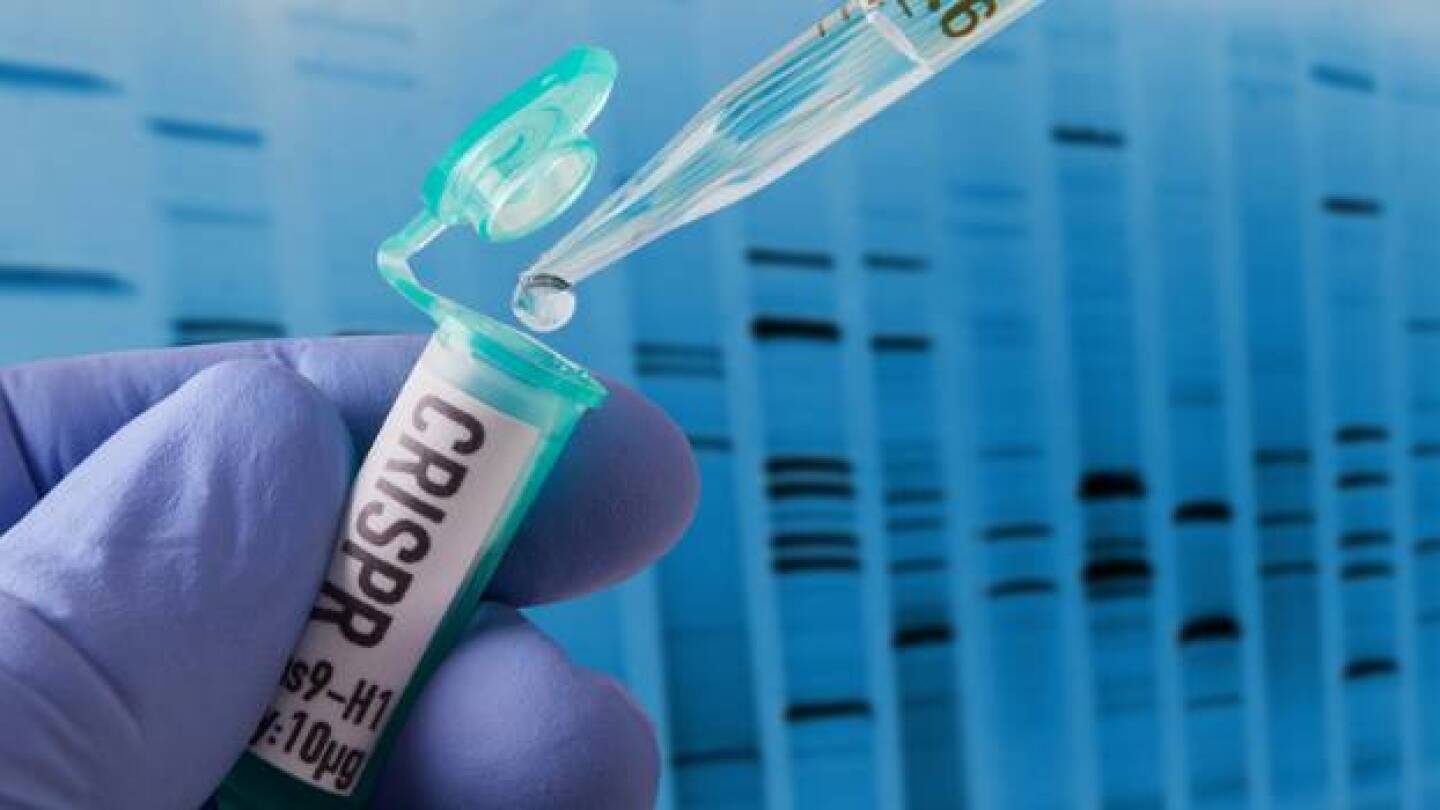Research institute
A new report in La Merie Publishing describes and analyzes cadherin 17 as a promising target for drug development, which has largely gone unexploited.
The American Society of Clinical Oncology and the Association of Community Cancer Centers are combining their efforts to increase racial and ethnic diversity in clinical trials.
Elicio Therapeutics published data on the preprint server bioRxiv, describing preclinical research into its cancer vaccine that shows a lot of promise.
Rice University researchers used the foundation of CRISPR/Cas9 technology and developed “drive-and-process” arrays, or DAP for short.
According to researchers at the Universite Sorbonne Paris Nord, Universite Paris-Saclay, ants can be trained to sniff out the specific odors associated with certain cancers.
Pancreatic transplants are difficult to pull off for Type 1 diabetes, but new technology may make it possible, and infusions of spinal fluid from young mice to older ones reportedly reverses memory loss.
Maxwell Serowoky has observed an increase in Sonic Hedgehog (Shh) gene activity during rib bone recovery, expanding the gene’s function beyond the known role of embryogenesis.
GeNeuro is developing therapeutics that tackle the viral proteins that potentially contribute to neurodegeneration seen in patients with MS, amyotrophic lateral sclerosis (ALS) and even COVID-19.
Researchers at Hokkaido University in Japan, in a collaboration with American scientists, may have unlocked the mechanism that drives widespread inflammation in inflammatory diseases.
Researchers continue to explore how to turn deadly venom into life-saving drugs. Several papers on the subject have recently been published and BioSpace is taking a look at them.
PRESS RELEASES










